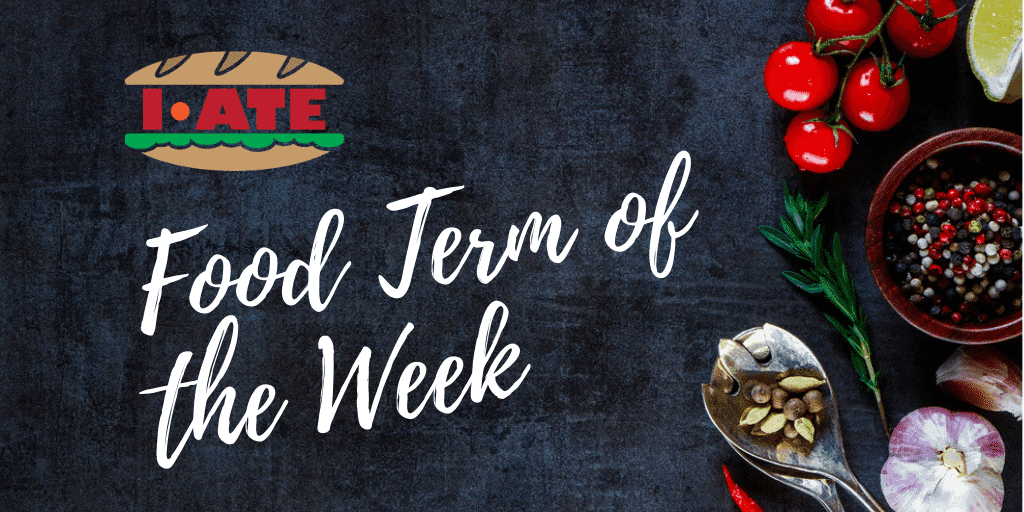September has just arrived and the new month brings a new series of I-ATE articles based on Europe for all tastes: Recipes for Europe, a book that highlights recipes from each European Union Member State. For this week’s I-ATE Food Term, we will focus on Greece.


Tiropita (Cheese Pastry)
To make Tiropita you need “24 triangular pieces of filo pastry, 400 g of fresh ewe’s milk cheese, 4 eggs, fresh dill or fresh oriental mint, salt, pepper and olive oil. Mash the cheese with a fork, fold in the eggs and acid pepper to taste. (…) Wash the fresh herbs, drain well, remove the stalks and cut them manually into very small pieces. Do not cut the herbs in a mixer as that would remove the fragrant oils for which they are added to this preparation. Mix the herbs thoroughly with the cheese mass. On each of the 24 pieces of filo pastry, place a tablespoonful of the cheese mass, then fold the small edges of the pastry over the mass and roll the pastry around the cheese towards the small end. Place the cheese pastry on a greased baking tray and baste with olive oil, then bake them at a medium heat until they are nicely browned (15-20 minutes)” (European Commission representation in Luxembourg, p.41).

Prasorizo (Rice with leek)
This recipe is easy to prepare and healthy. We need “1 kg of leeks, 250 g of rice, a handful of celery leaves, a handful of dill, juice of 2 lemons, vegetable broth olive oil, salt and pepper. Clean the leek, discard the green leaves and cut the remainder into small pieces. Wash thoroughly to remove any traces of sand and fry in a little olive oil. Add the chopped celery leaves and the finely chopped dill with half of the vegetable broth, close the lid, reduce the heat and let everything simmer for 10 minutes. Then add salt and pepper to taste, add the lemon juice and bring back to boil. Once the vegetables have started boiling again, add the washed rice, the rest of the broth and, if needed, a little water. Let everything simmer at reduced heat in the closed saucepan, stirring occasionally with a wooden spoon. Serve immediately as soon as the rice is cooked. This dish is very popular in Greek families and can be eaten either as a starter (“mezze”) or as a side dish accompanying fish or meat dishes” (European Commission representation in Luxembourg, p.44).

Papoutsakia (Stuffed Eggplants)
For this traditional recipe, we need “1 kg of ripe eggplants, 2 onions, 1 egg, 2 tomatoes, 500 g of minced meat. oil, salt, pepper, origan, chopped flat leaved parsley, bread crumbs, grated cheese and butter.” In order to make, the “bechamel sauce,” we need “50 g of margarine, 50 g of flour, 100ml of milk, salt, pepper and nutmeg. If the eggplants are not sufficiently ripe you can heat them in the oven preheated to 180°C until they become soft. Let them cool, remove the end and cut them in half. Carefully remove most of the meat, leaving only a finger thick layer of meat. Make sure that the skin is not damaged. The meat removed from the eggplants is finely ground in a mixer and is then mixed with the finely chopped onions, the skinned and finely tomatoes, with the meat, the eggs and the herbs. Add salt and pepper to taste, fill into the eggplant halves and lavishly sprinkle with bechamel sauce, breadcrumbs and grated cheese. Bake in the oven at medium temperature for about 45 minutes” (European Commission representation in Luxembourg, p.42).
Source:
- European Commission representation in Luxembourg, 2009. Europe for all tastes: Recipes for Europe. Luxembourg: European Communities, pp. 41-42, p. 44.
Written by Pedro Ramos – Translator, Social Media and Content Manager, Communication Trainee at the Terminology Coordination Unit of the European Parliament (Luxembourg).

